05 Aug Colour Psychology for Professional Success
Did you know that the colours you choose can significantly impact how people perceive you and your brand? From website design and workplace decor to branding and personal attire, colour psychology is a powerful tool in the professional world.
In this post, we’ll explore how different colours influence perceptions, especially in fashion, and provide tips on choosing the right colours for various industries. We’ll also delve into the cultural nuances of colour meanings and offer advice for non-professional settings, such as social events and seasonal wardrobe choices.
Understanding Colour Psychology
Colour psychology is the study of how colours affect our emotions, behaviours, and decisions. It’s a silent language that communicates feelings and values, often used in marketing, branding, and fashion. Brands like Eton, Amanda Christensen, and BOSS leverage this knowledge to connect with their audience on a deeper level.
A Brief History
For centuries, cultures have recognized the power of colour. Today, businesses and professionals use this knowledge to craft a specific image or evoke certain emotions.
The Science Behind Colour Psychology
Research shows that colours can influence our mood and behaviour. For example, blue often represents calm and trust, while red can signify passion or urgency. Understanding these associations helps in choosing colours that align with your professional goals.
THE IMPACT OF COLOURS
Warm Colours
Warm colours like red, yellow, and orange are known to create feelings of warmth and comfort but can also evoke excitement and energy. These colours are often used in environments where a sense of urgency or action is desired.
When should I wear warm colours?
Warm colours like red, yellow, and orange can create a sense of energy and enthusiasm. In fashion, these colours are great for making a bold statement. For example, Amanda Christensen’s vibrant accessories add a pop of colour that can elevate an outfit, making it perfect for creative industries like marketing or advertising.

No posts were found for provided query parameters.
Cool Colours
Cool colours, such as blue, green, and purple, tend to have a calming effect and are often associated with professionalism and trust.
WHEN SHOULD I Wear cool colours?
Cool colours, such as blue, green, and purple, convey calmness and professionalism. BOSS and CANALI often use these tones in their collections, which are ideal for more formal industries like finance or law. These colours can help establish a trustworthy and dependable image.

neutral colours
Neutral colours like black, white, and grey provide a sophisticated backdrop that can be either subtle or striking, depending on how they’re used.
When should i wear neutral colours?
Neutral colours, including black, white, and grey, are versatile and sophisticated. Eton’s classic white shirts and neutral tones are staples in professional wardrobes, suitable for any industry. These colours provide a polished look that can be easily accessorised.

Choosing Colours for Different Industries
Formal Industries
(Finance, Law, Corporate)
For more traditional industries, sticking to cool and neutral colours is advisable. Blues, greys, and blacks project a sense of professionalism and reliability. BOSS’s elegant suits in these colours are perfect for creating a refined, authoritative appearance.
For formal attire, consider brands like CANALI, known for their luxurious and perfectly tailored suits. Joseph Cheaney offers shoes made with great precision, perfect for formal settings. Eton provides crisp shirts that add a refined touch, while Mulberry’s sophisticated briefcases are ideal for a polished, professional look. Amanda Christensen’s range of accessories can add a touch of personality to your look.
Tech and Innovation
In the tech industry, colours like blue and green can suggest innovation and forward-thinking. These shades are often associated with technology and growth, making them great choices for professionals in this sector.
Paul Smith is another excellent brand, known for its comfortable yet classy clothing. Jeffery West creates sophisticated shoes with unique twists, such as pleated leather, adding a distinctive touch.

Creative Industries
(Marketing, Media, Arts)
In creative fields, there’s more freedom to experiment with colour. Bold and vibrant colours like red, orange, and purple can convey creativity and energy.
A Fish Named Fred offers stylish smart jackets with unique details that make them great conversation starters without being too formal. Giordano and Warwicks provide comfortable shirts featuring playful patterns and unique details.
Adapting to Cultural Differences
Colour meanings can vary significantly across cultures, which is crucial to consider, especially in international business.
White: While often associated with purity and simplicity in Western cultures, white is worn at funerals in Japan, China and India symbolising mourning.
Red: In China, red is a colour of celebration and good luck, commonly used in festive occasions like weddings and the Lunar New Year.
Black: Typically associated with formality and elegance in many Western cultures, black can also symbolises mourning and bad luck in some cultures.
Green: In many Islamic cultures, green is a sacred colour representing paradise and peace, while in the West, it can symbolise luck or nature.
Understanding these differences can help you avoid cultural faux pas and communicate more effectively.
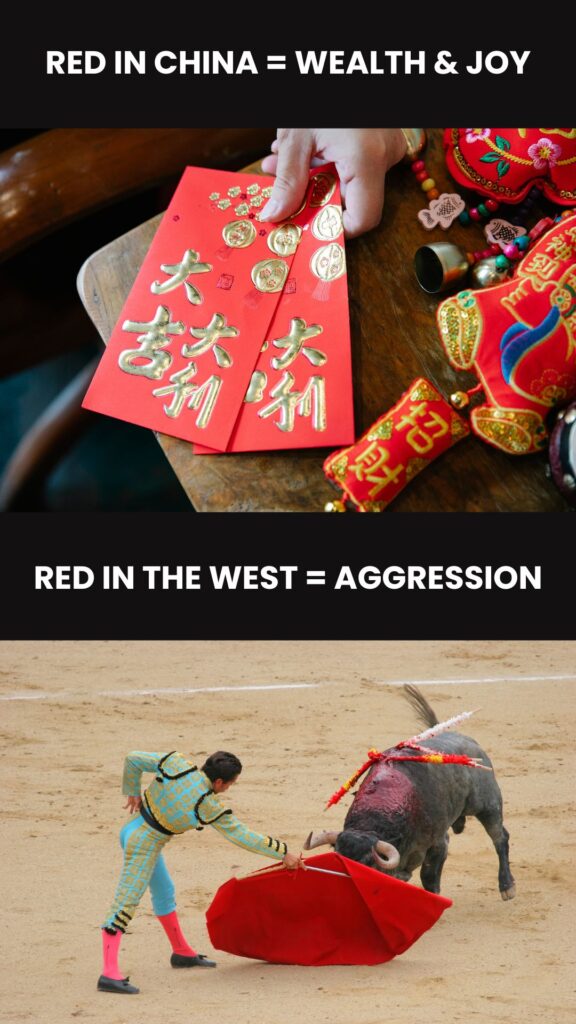
instantly
elevate your style
with the power of layering
Have you ever looked at someone and thought:
“Wow! Their outfit just WORKS!” That’s the power of layering for you.
In this FREE E-book we’ll teach you the skill of layering with a few simple rules and give you lots of examples for inspiration.
*by signing up you agree to our terms & privacy policy

COLOUR PSYCHOLOGY IN NON-PROFESSIONAL SITUATIONS
Social Events (Dates, Parties, Gatherings)
When dressing for social occasions, colours can help set the mood and convey your personality. For example:
Red is a colour of passion and energy, making it an excellent choice for dates, as it can increase attraction.
Blue is calm and approachable, perfect for friendly gatherings or casual outings.
Black exudes sophistication and can be ideal for evening events or more formal social settings.
Weather & Seasonal Considerations
The seasons and weather can also influence your colour choices:
Spring/Summer:
Bright, cheerful colours like yellow, pink, and light blue are popular in warmer months, reflecting the vibrant energy of the season.
Autumn/Winter:
Rich, warm colours like burgundy, mustard, and forest green are often favoured in cooler months, providing a cosy and inviting feel.
Colour psychology is a versatile tool, extending beyond the professional realm into everyday life. Whether you’re dressing for work, a social event, or simply adjusting your wardrobe with the seasons, understanding the impact of colour can help you make more confident and intentional choices.
What are your experiences with colour psychology in both professional and personal settings? Have certain colours made a difference in how you’re perceived or how you feel?
Share your thoughts in the comments below!
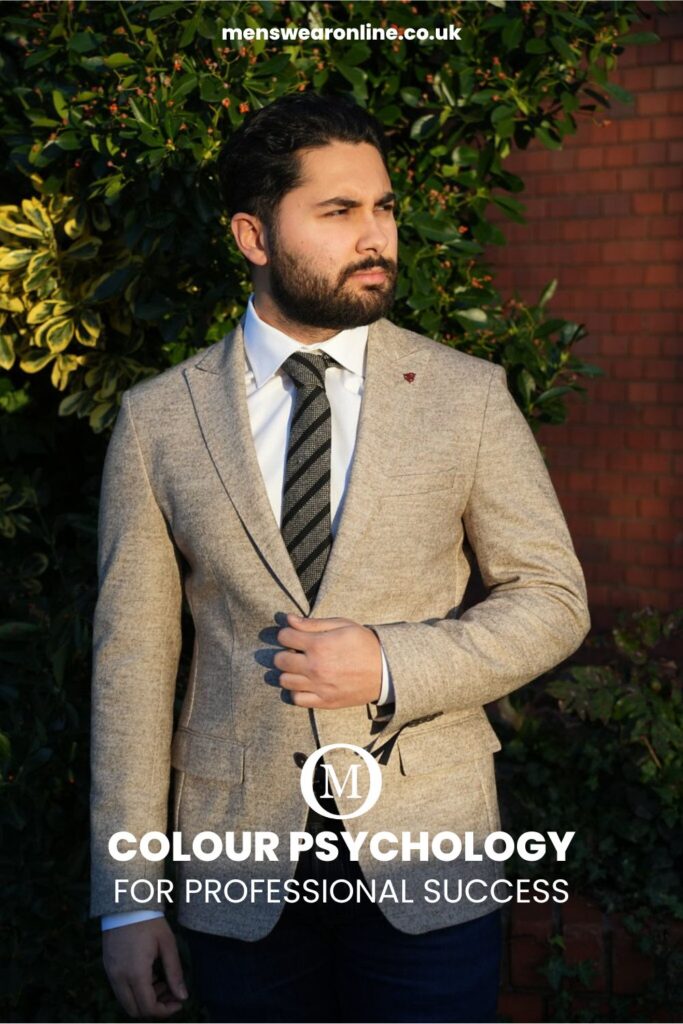

Currently studying Marketing. I love spending time reading books, savouring coffee, and exploring new places.
- November 19, 2024
- November 15, 2024
- November 10, 2024
- September 18, 2024

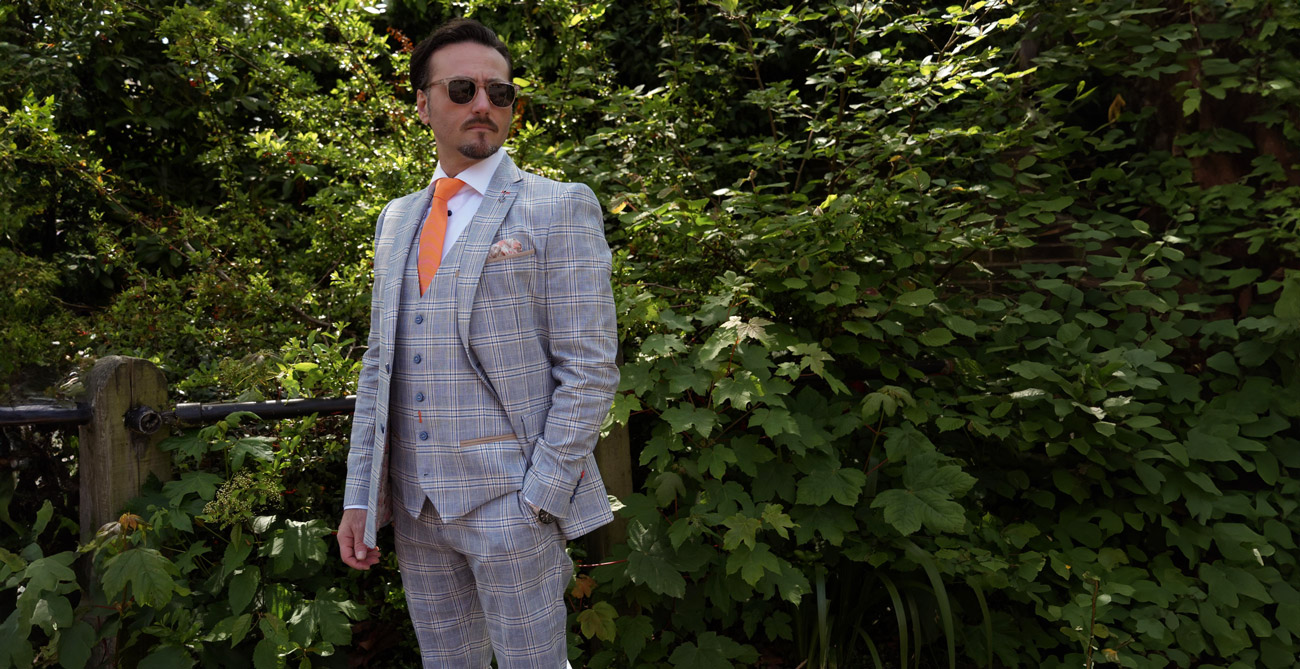
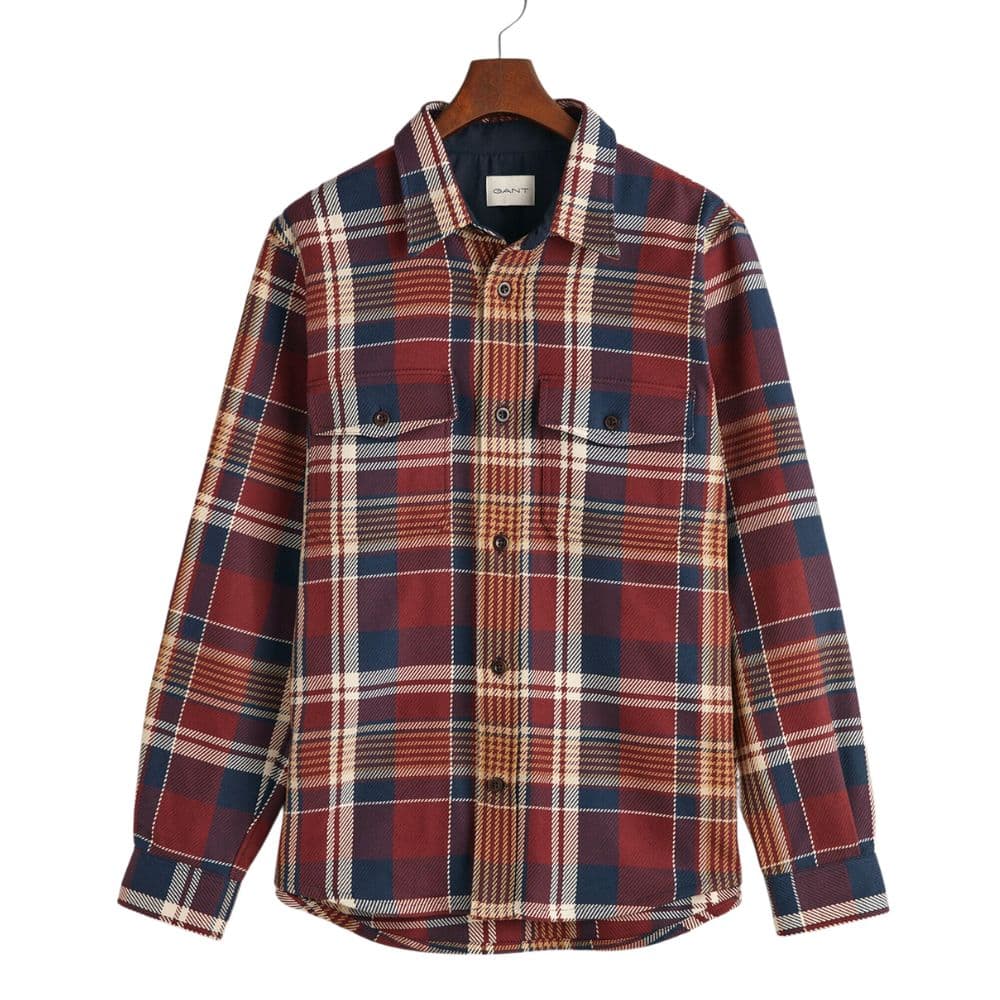




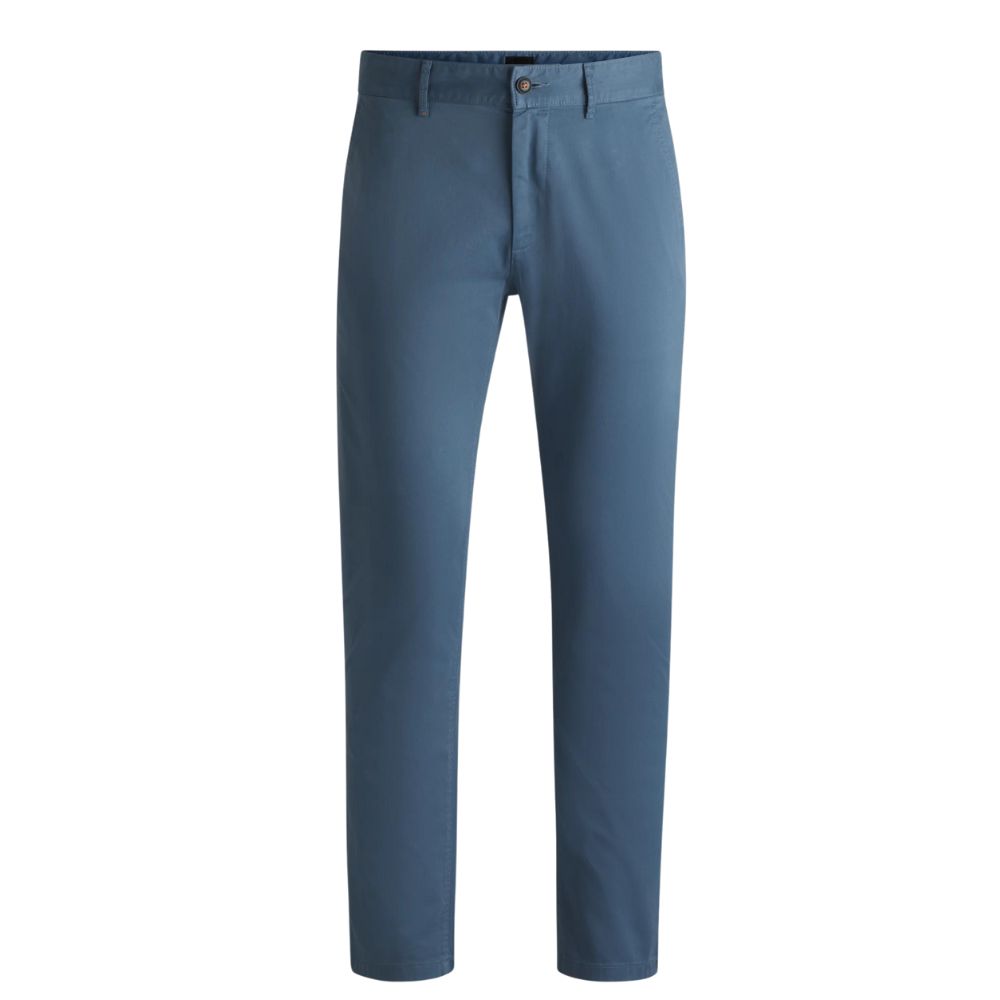
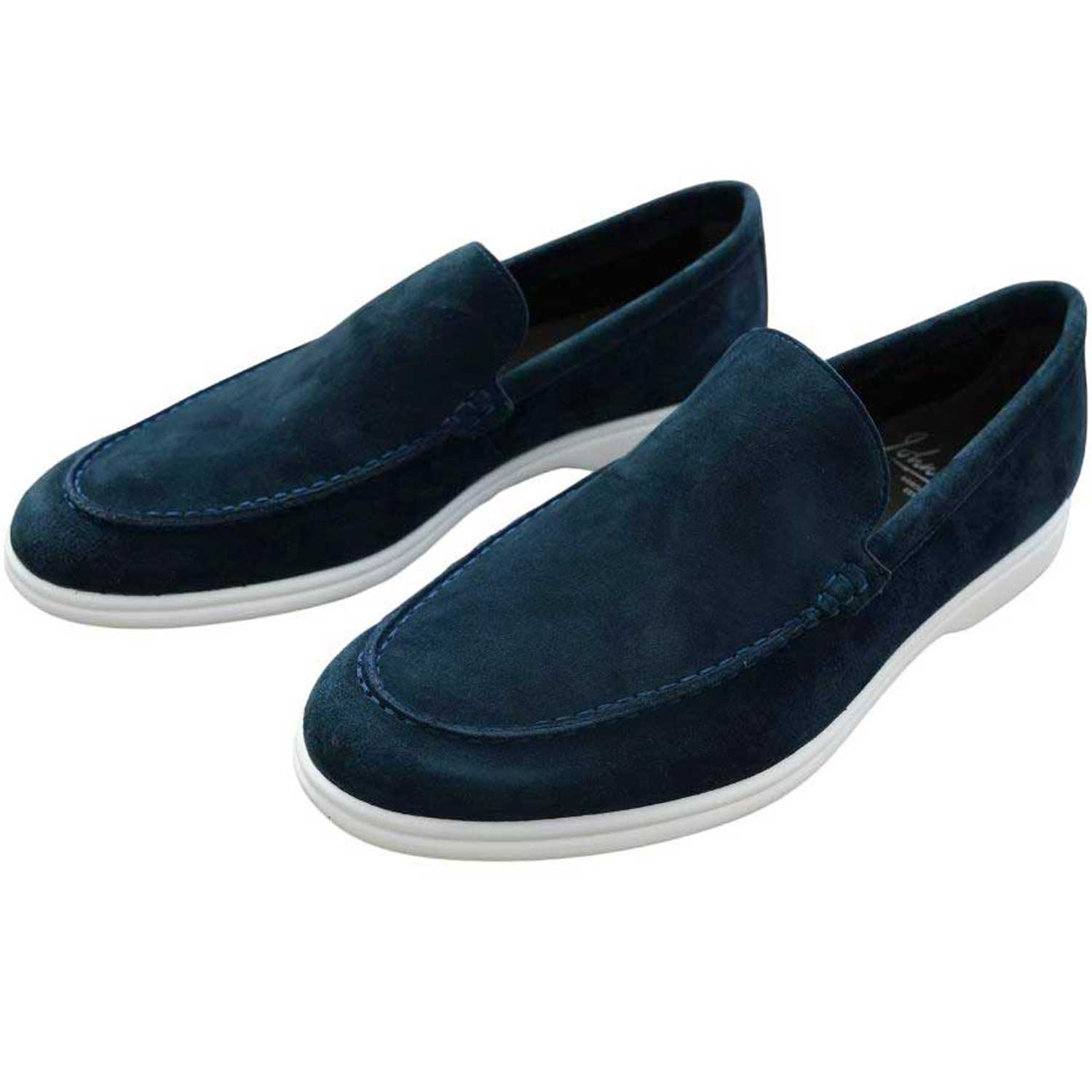

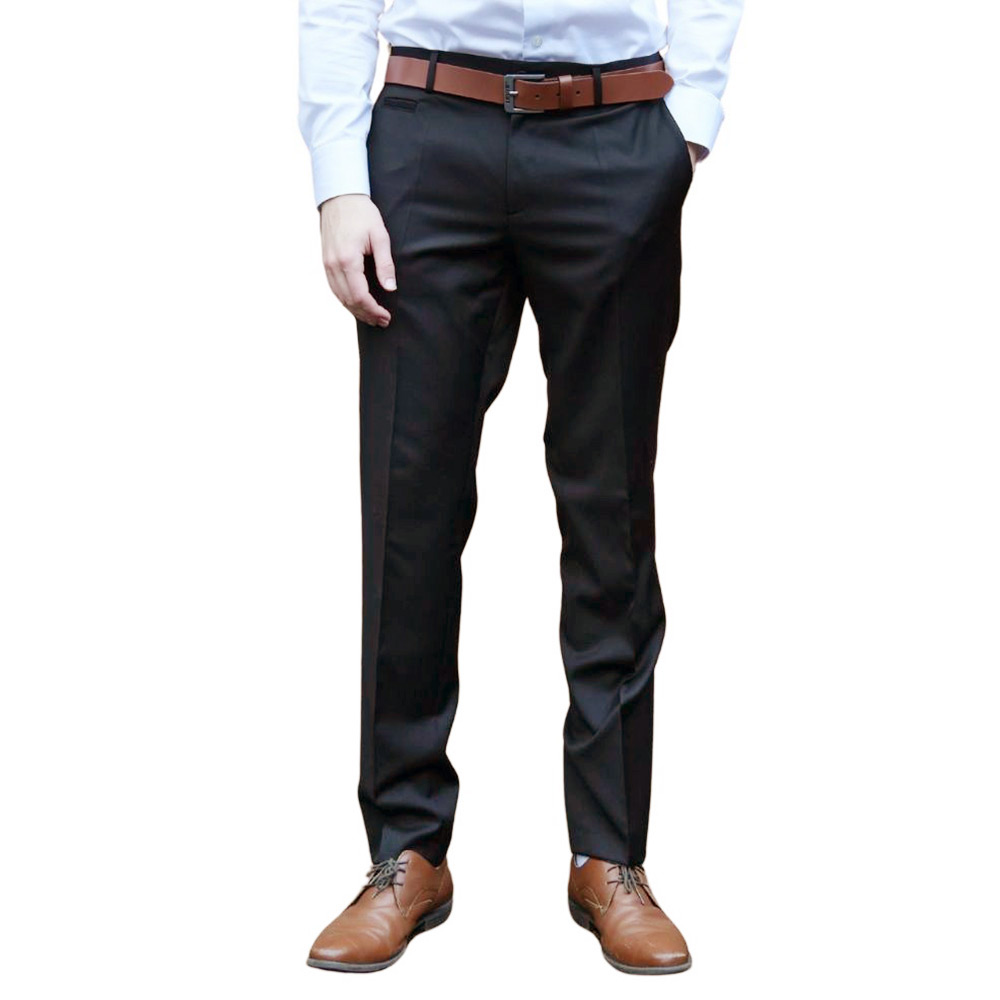
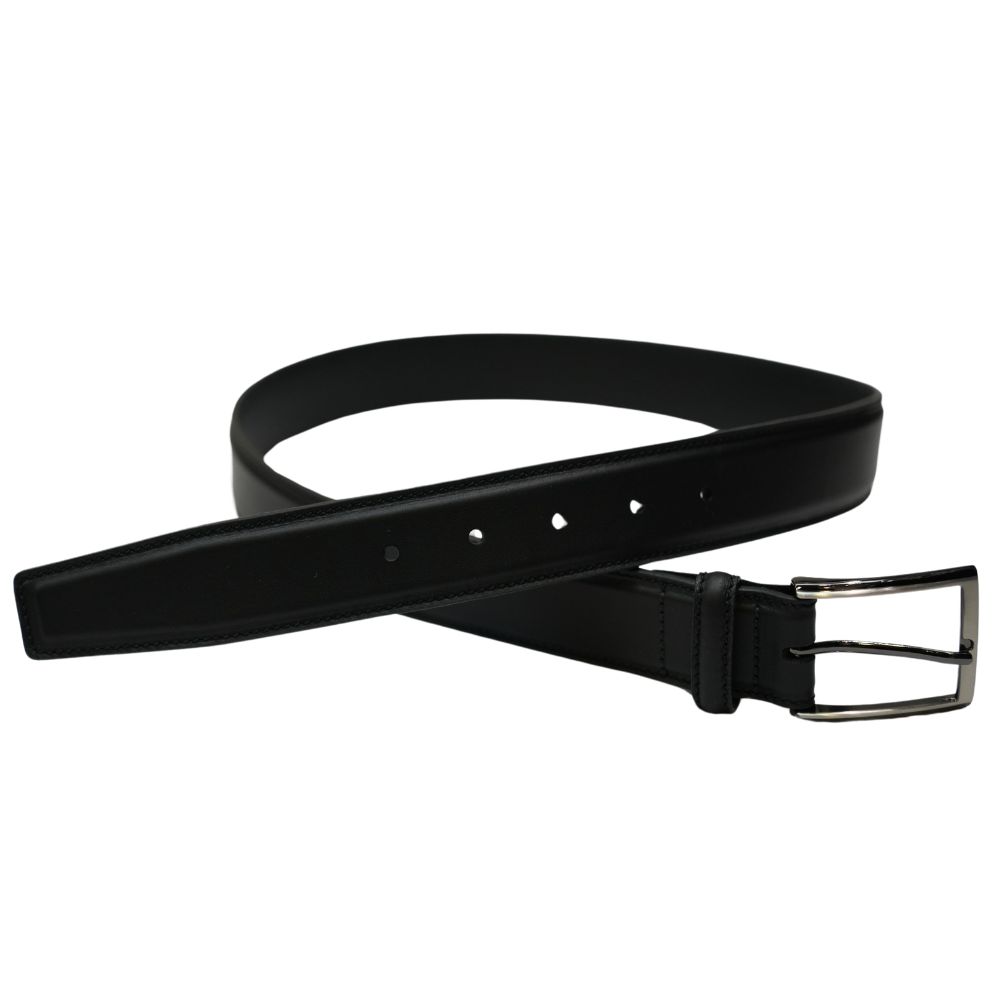
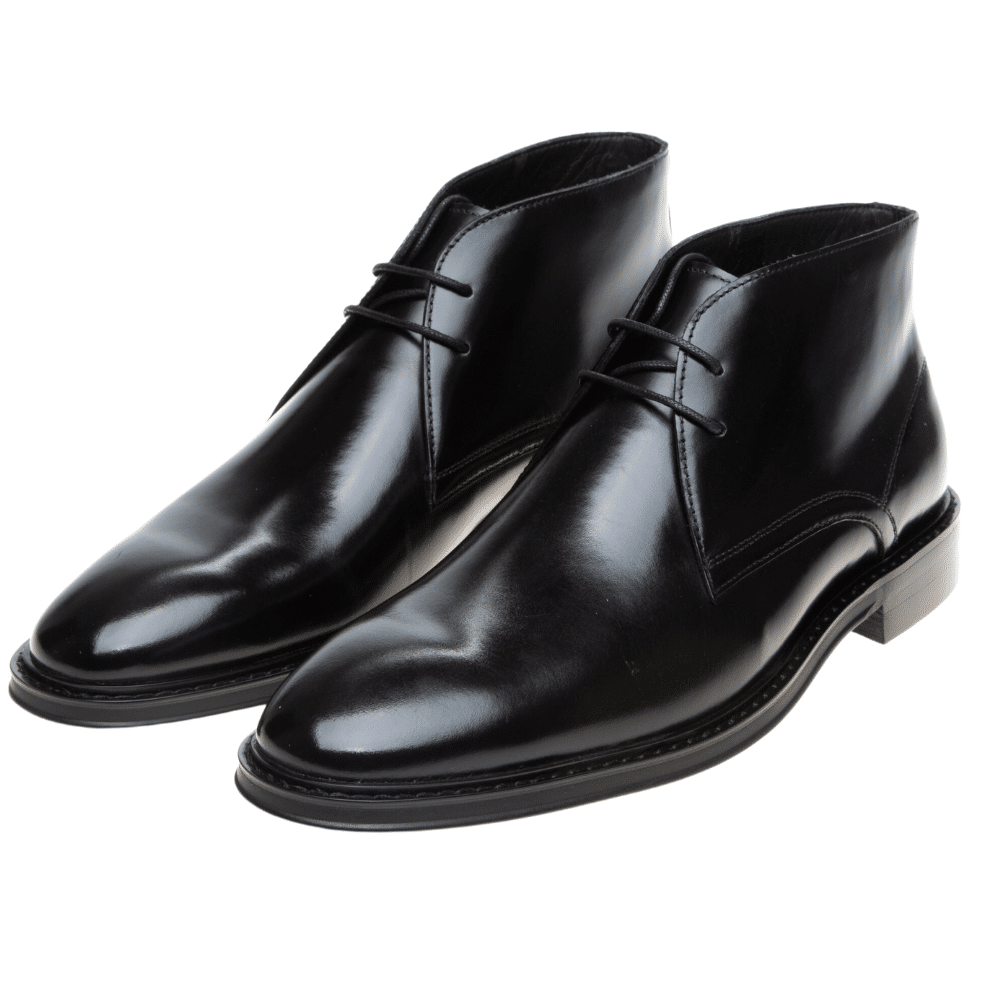
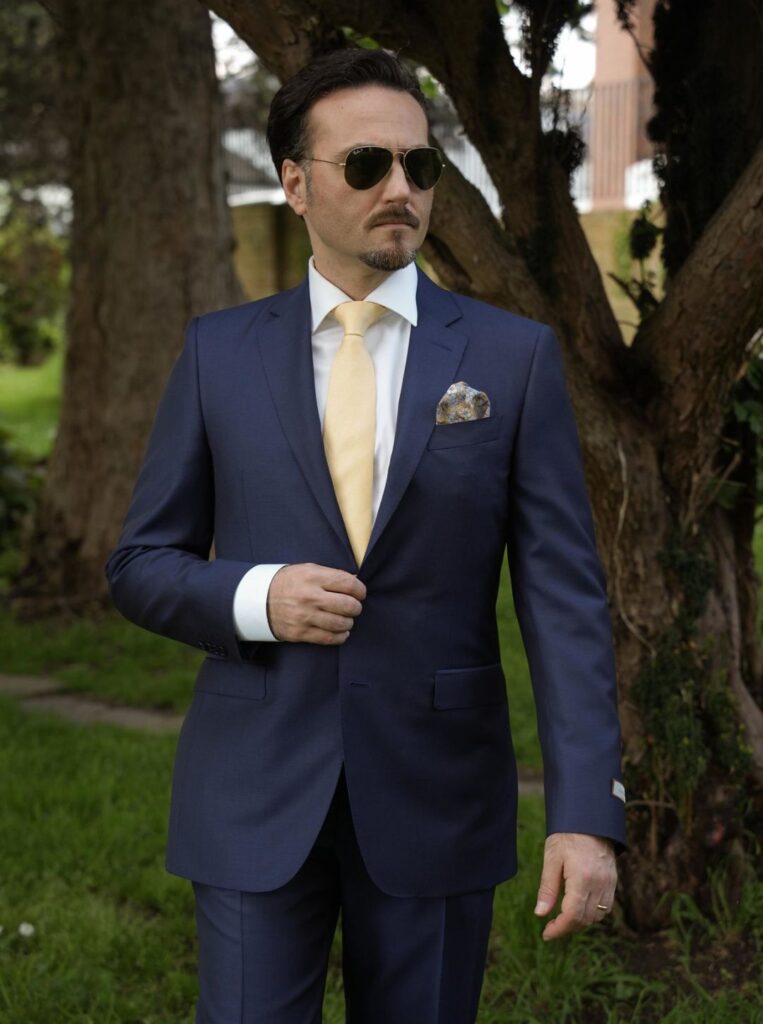



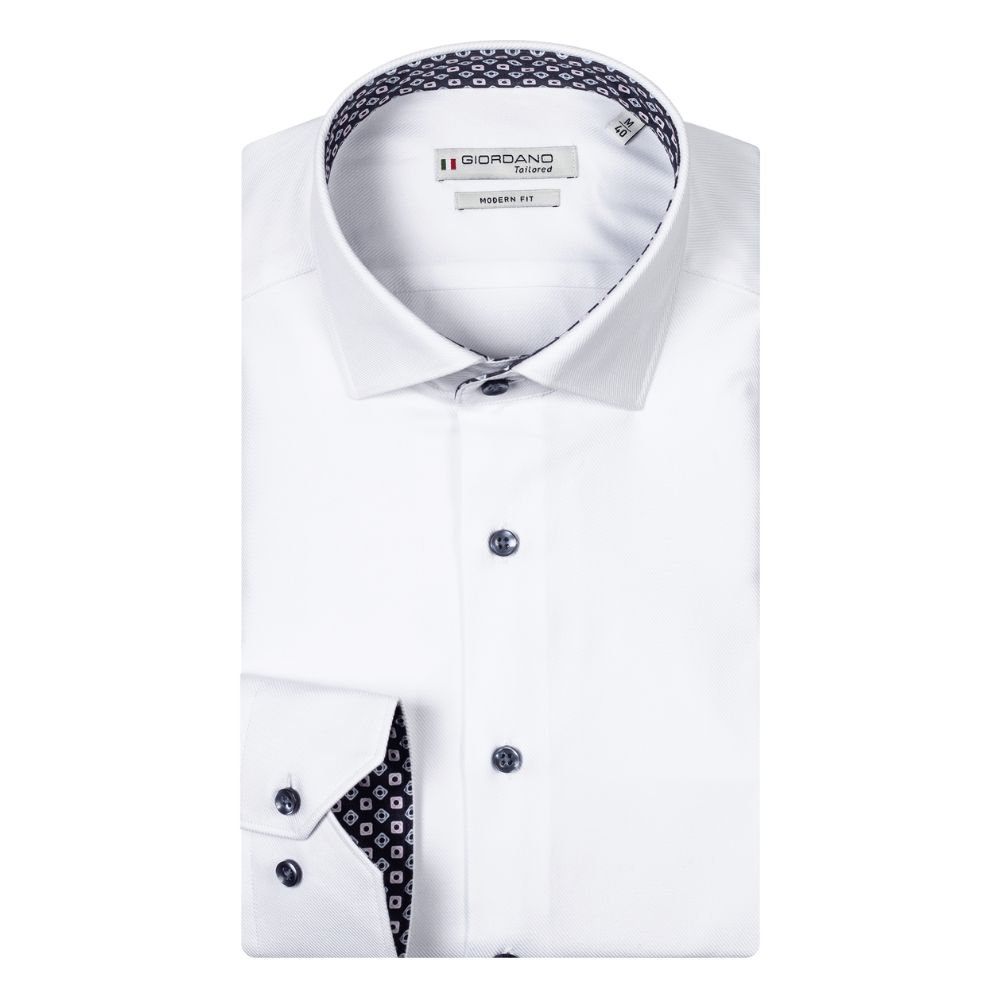


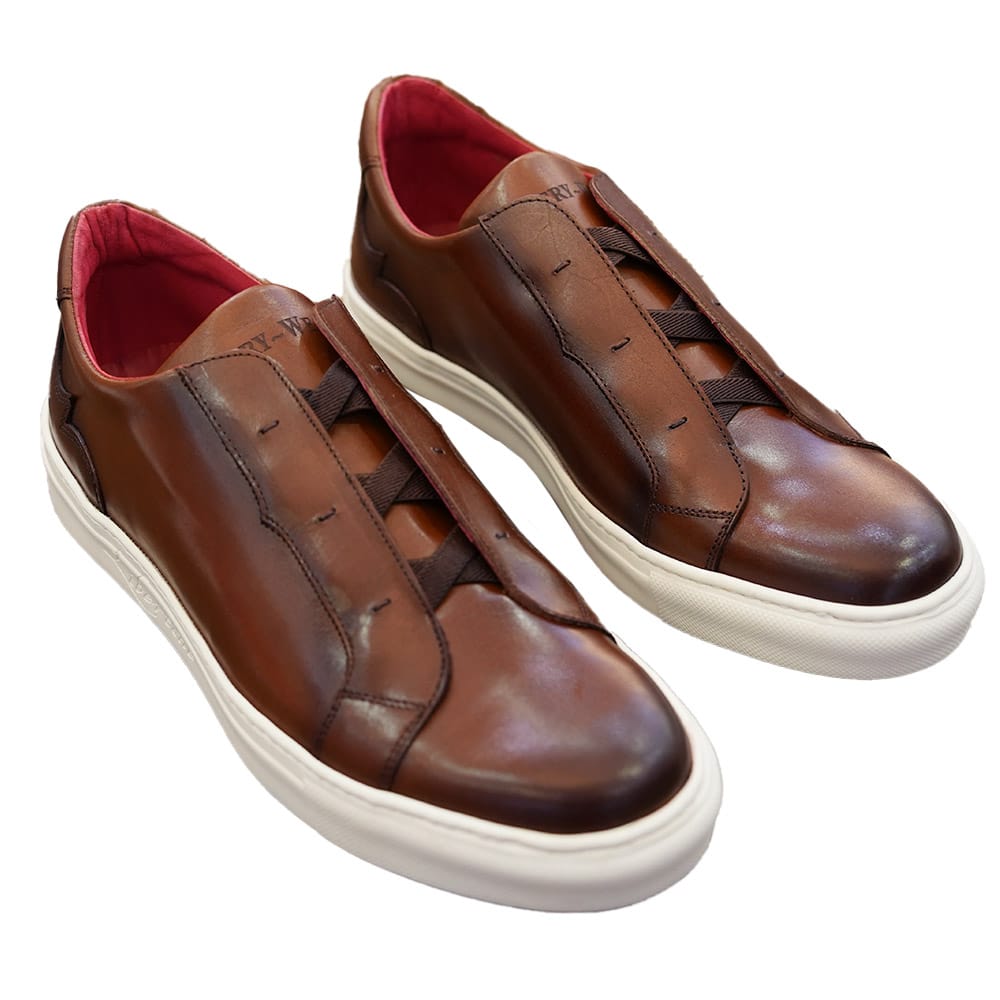



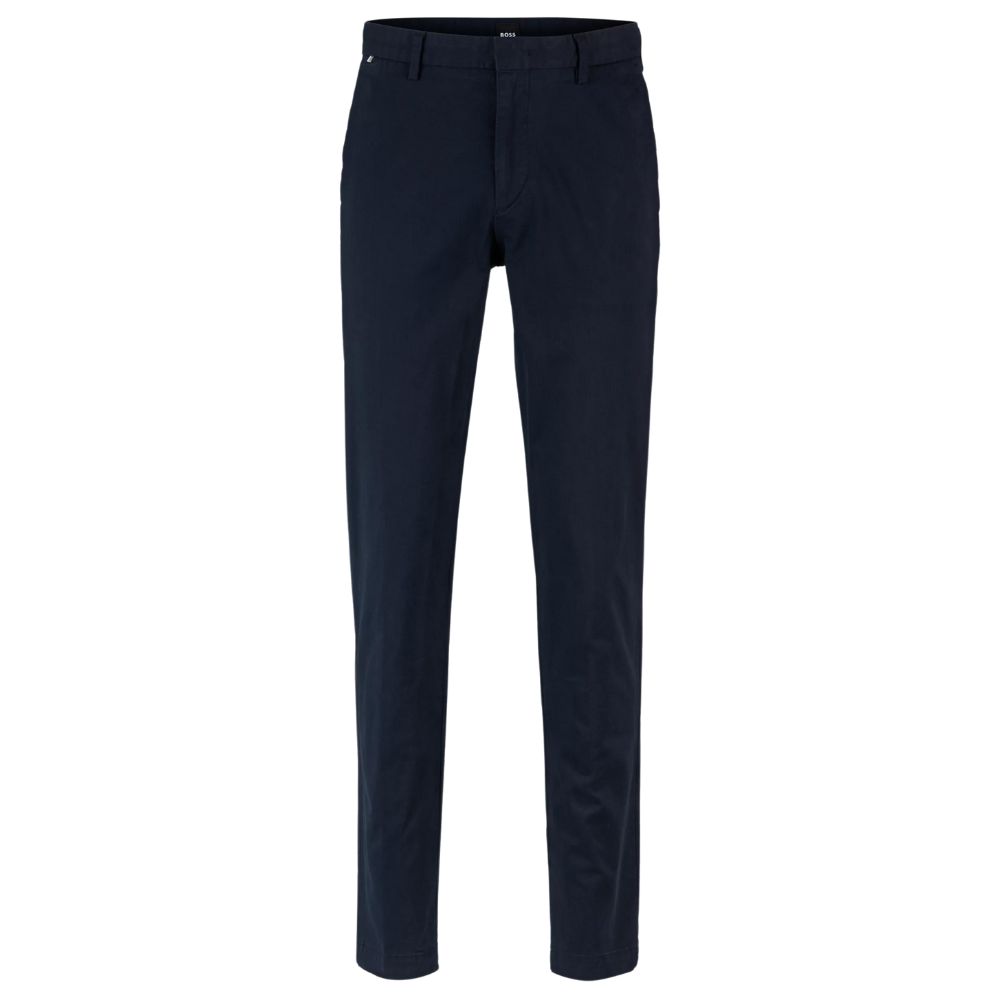
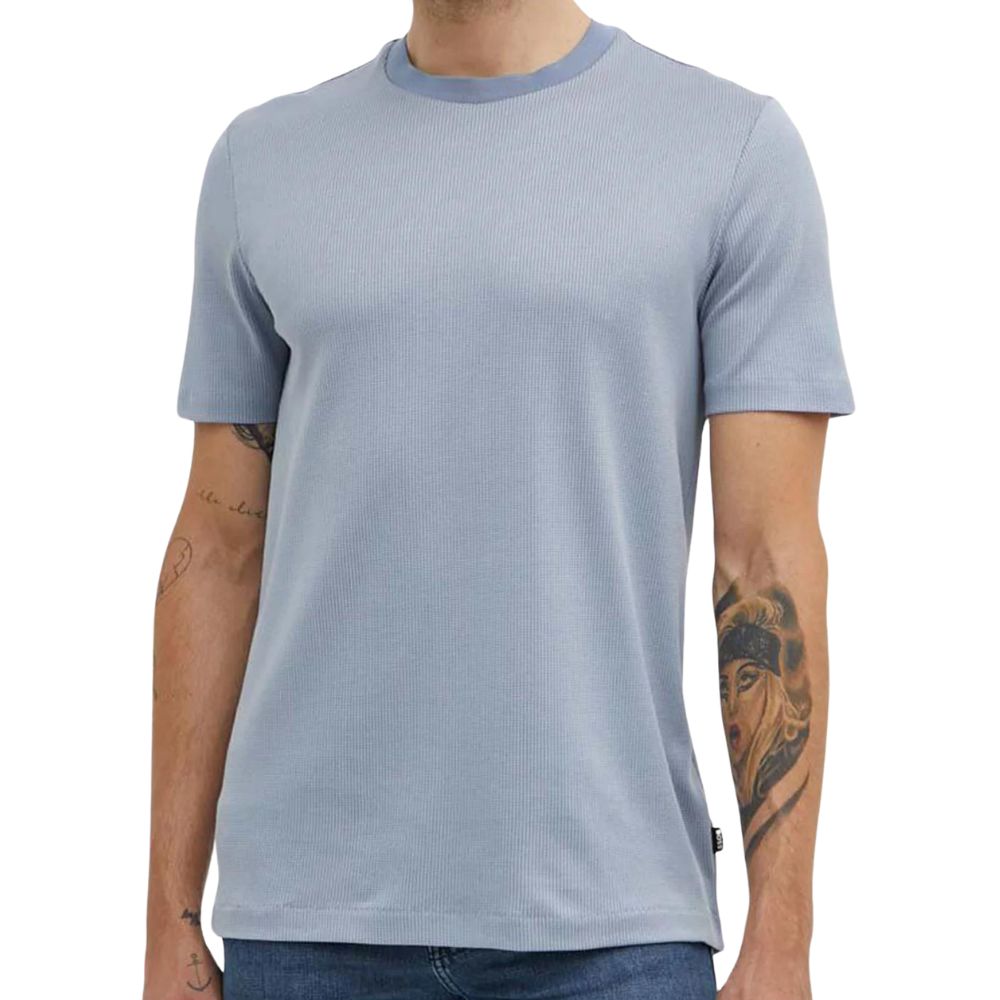
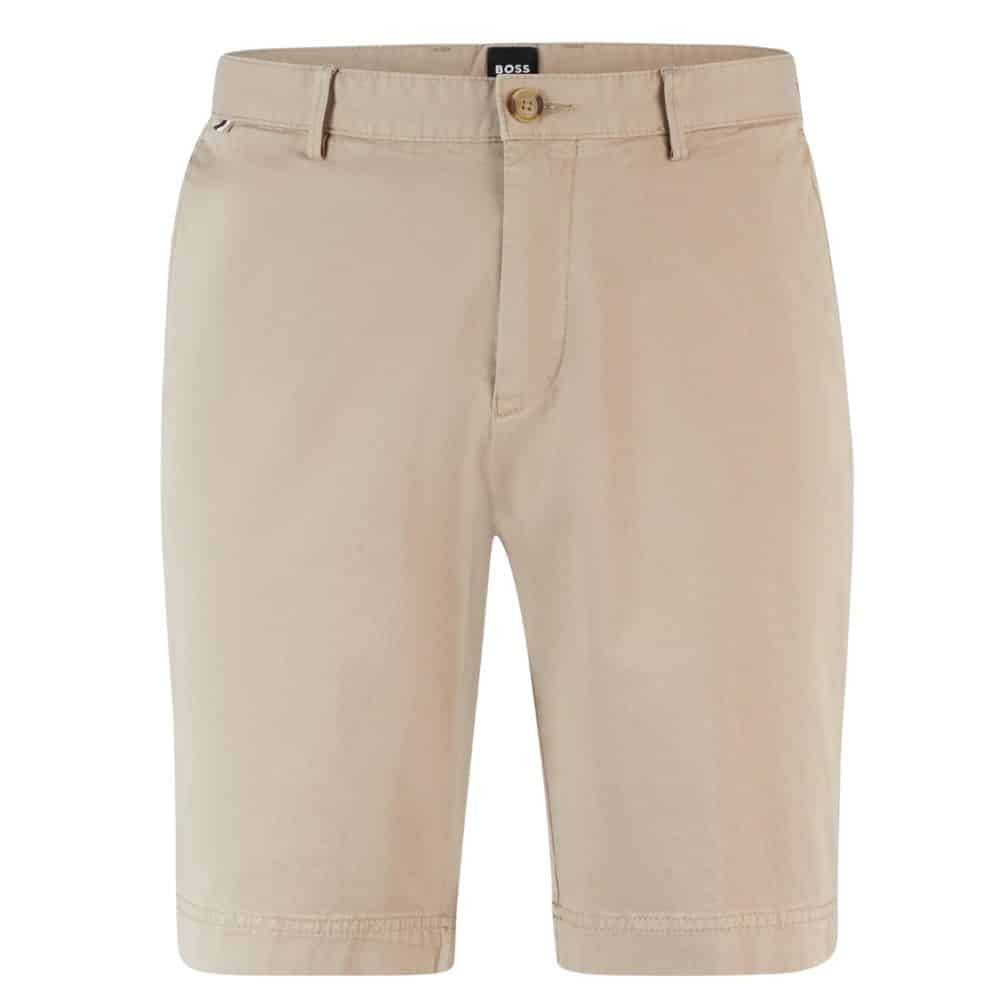

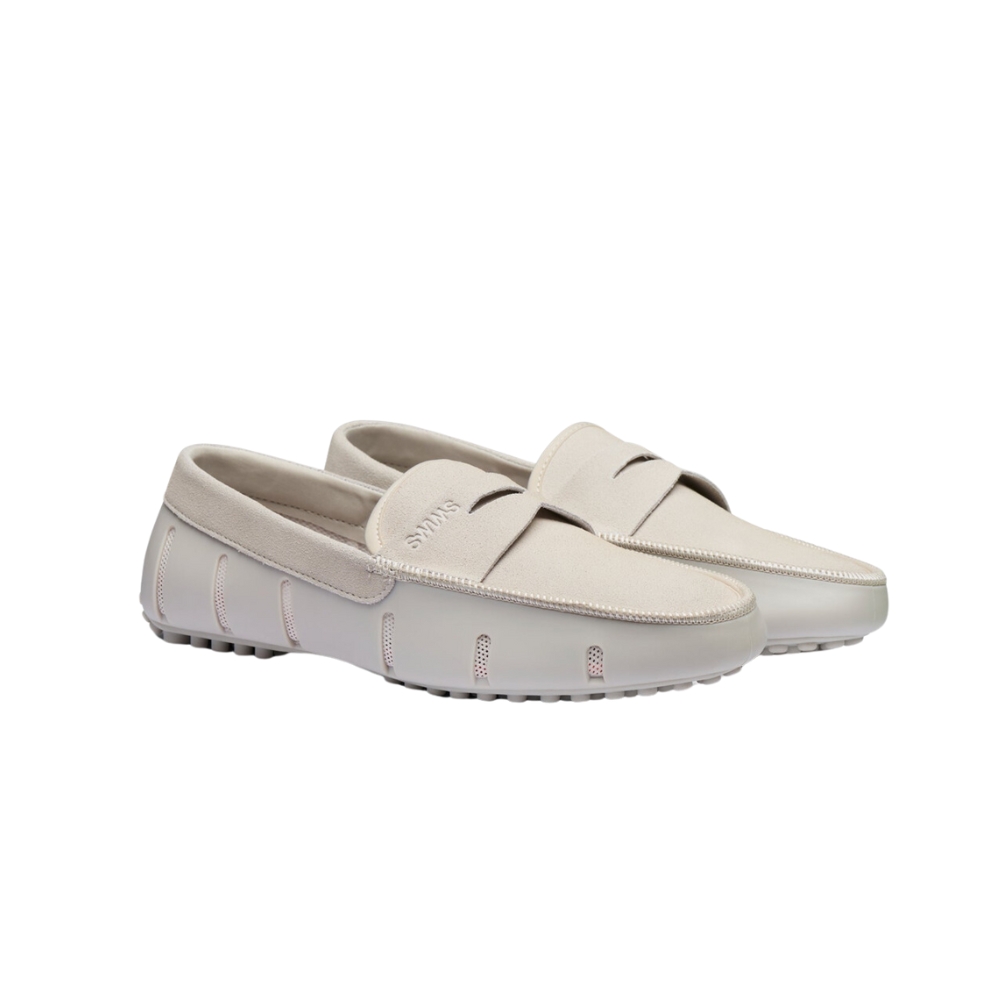










No Comments